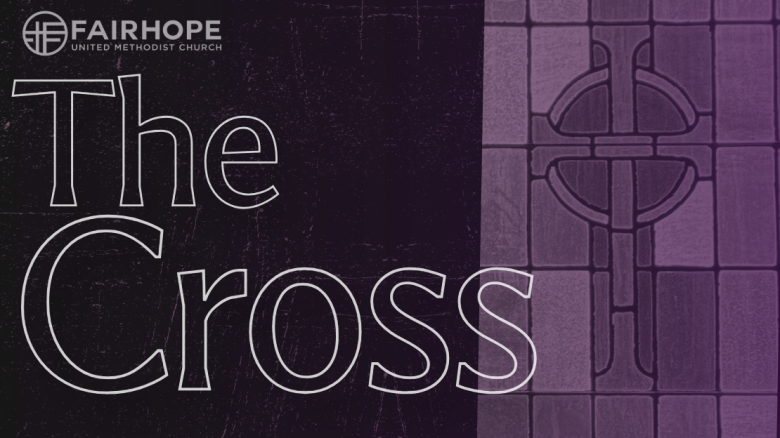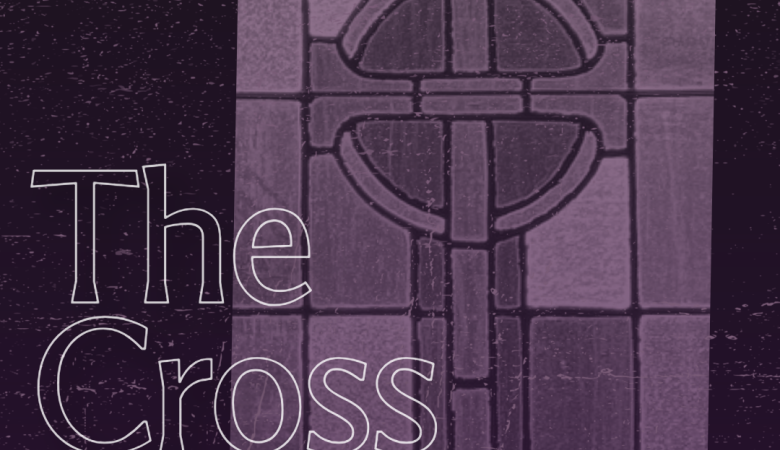Series: The Cross
Jesus Died to Keep Our Promise (The Gathering Worship)
March 23, 2025 | Rev. Laura Parker
Passage: Matthew 26:38-40
March 9 | Atonement
housekeeping
(Five minutes, without icebreakers)
If your group does not know one another very well, or if you anticipate having some extra time in your group, you might want to “warm up the crowd” with some icebreaker questions (see the appendix to this study).
Otherwise, use the opening minutes for casual conversation, and invite everyone to share how their week has been.
opening prayer
Invite the group into a moment or prayer, and then offer this prayer (or one from you heart) to welcome God into your session:
Everlasting God, because of your tender mercy toward all people, you sent your Son, our Savior Jesus Christ, to take upon himself our flesh, and to suffer death upon the cross, that all should follow the example of his great humility.
Mercifully grant that we may follow the example of his patience and also be made partakers of his resurrection; through the same Jesus Christ our Lord.
Amen.
intro
(3 minutes)
Say This:
For the season of Lent, we will be studying “atonement theories” - the different explanations for why Jesus had to die in order to save us. We are not going to cover all of the atonement theories, but we will talk about most of the most influential interpretations of scripture and atonement.
Each week, we will reflect on the previous week’s sermon, so next week we will talk about the “Ransom Theory.”
For today, we are going to look at the idea of atonement in the Old Testament.
Each week, we will have a video. These videos will come from a variety of sources, and this week’s video comes from Tim Mackie and the Bible Project :
video
(10 minutes, with follow up questions)
Imagine a world of peace, justice, and love. In a world like this, how would people communicate with one another? How would people spend time and money? How would authority figures use their power?
When people neglect to act with peace, justice, and love, it wreaks havoc—we call this evil. What is one way our relationships and the surrounding environment suffer from evil (e.g., Genesis 4:10-12, Romans 8:22-23)?
In order to heal this suffering, something first must be done to remove the evil. But what would happen if God removed everything contributing to the evil in the world? Would anyone remain alive? Discuss this predicament as a group and, if needed, review the video (0:22-1:07).
Discuss how God resolves this predicament through animal sacrifice and later through Jesus’ sacrifice. What does animal sacrifice represent? What is one way that Jesus is a more perfect sacrifice? Review the video or dive deeper by reading Hebrews 9:6-14
Read Matthew 26:26-28. What is one practical way we can remember Jesus’ sacrifice? What is one specific way we can imitate Jesus’ sacrifice and repair relationships?
preparing for lent
(15 minutes)
Read or summarize the following reflection from the first entry in our Lenten devotional:
The forty days of Lent (not counting Sundays) remind us of the forty days during which Jesus confronted the Accuser (in Greek, “Satan,” Mark 1:13) in the wilderness before Jesus launched his public ministry. There are many ways the Church does battle the devil today, but the traditional weapons we wield in Lent are prayer, fasting, and generosity to the poor (aka, “almsgiving”). These three practices are sometimes called “The Three Pillars of Lent”.
Every day in this guide is about prayer, and every Wednesday, we will be able to put our prayers into action by giving through our Lenten offering. Today will be the only day that addresses fasting. The practice of fasting, or “giving something up,” has remained central in Jewish and Christian faith for thousands of years. The most traditional forms of fasting involve food. John and Charles Wesley, founders of the Methodist movement, most often fasted for 24 hours on Fridays. During those 24 hours they would either (a) skip meals entirely and drink only water, or (b) eat only two meals that required very little time to prepare and eat (e.g., they often ate only two meals of bread and milk when fasting).
There are other ways to fast, and in Lent the most common fasts involve giving something up for every day of Lent. For example, one might abstain from alcohol, meat, television, desserts, or social media.
On this first day of Lent, take a moment to prayerfully read Jesus’ instruction on prayer, fasting, and giving, and then take a moment to ask God what you might give up for Lent. You can also this time to ask God to help you make this sacrifice in a way that is more about paying attention to God than proving your own strength.
What is your previous experience with seasonal prayer, fasting, and giving?
Have you decided to take up any prayer disciplines, or give up anything for a Lenten fast?
How do you think these prayers and/or fasts will affect your life?
bible study
(10 minutes)
Some of those scriptures were in this week’s reading, and so we’ll take a moment to discuss those now. We’ll start with Jesus’ own words:
Have someone read Leviticus 17:11-21:
- Why do you think animal sacrifice was such an important way to make things right with God, and with your neighbors in the ancient world?
Have someone read Romans 12:1
- How can a “living sacrifice” be a sacrifice? What is given up or surrendered when we live as a living sacrifice?
Have someone read Matthew 26:26-29
- Our communion prayer each week includes the line “and, in union with Christ’s offering for us, we offer ourselves as a holy and living sacrifice…”
- In what way are you offering yourself to God in communion?
response
Let’s take a moment to think about our recent experience on the way to the cross.
- If you have given something up for Lent, how is that going in these first few days? Have you discovered something that (a) God has set you free from, or (b) that you would like to be set free from?
- Are there any questions you have about sacrifice or atonement that you’d love the pastors to answer?
closing prayer
Each week, we’ll close with a prayer written by the missionary Charles Brent, it’s a prayer that reminds us of the connection between what Christ did for us on the cross, and what God is calling us to do for our neighbors.
Lord Jesus Christ, you stretched out your arms of love on the hard wood of the cross that everyone might come within the reach of your saving embrace: So clothe us in your Spirit that we, reaching forth our hands in love, may bring those who do not know you to the knowledge and love of you; for the honor of your Name. Ame
Series Information

Why did Jesus die?
Culturally, American Christians have tended to make two equal and opposite mistakes when talking about the cross. The first mistake is to turn it into a tool for spiritual abuse – to emphasize the horror and agony and Christ’s sacrifice in such a way as to “guilt trip” someone into honoring Jesus or compel compliance (e.g. “How can you insult the one who died for you?" Or “When you sin, you are nailing Jesus to the cross all over again?”).
The second mistake is to diminish the cross so profoundly that we only speak of resurrection and God’s love through language that sounds too much like the “power of positive thinking” and ignores the call that Christ has given every Christian to “take up your cross and follow me.”
Throughout the season of Lent, we journey to the cross, reflecting on its deep meaning and transformative power. This worship series invites us to explore the cross as more than a symbol—it is the ultimate expression of God's love, sacrifice, and redemption. On the cross, Jesus did more for us than we could ever know and far more than most of us have ever heard about.

